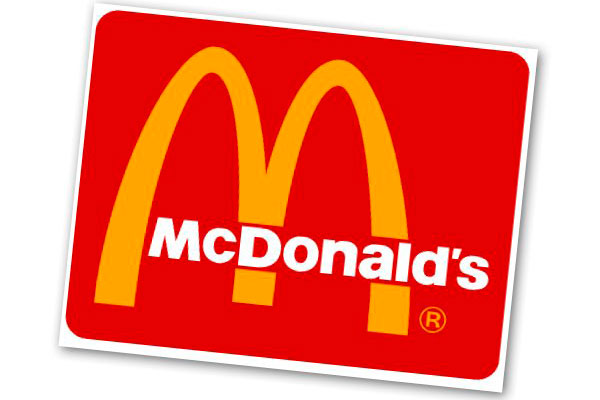 More companies today are embracing the idea of transparency in their business — and with their customers. In the Age of the Empowered Customer, people now have access to more information, more choices, and more opportunities to broadcast their opinions, widely and loudly, than ever before. The balance of power between companies and their customers has shifted, and when companies try to hide something, customers often assume the worst.
More companies today are embracing the idea of transparency in their business — and with their customers. In the Age of the Empowered Customer, people now have access to more information, more choices, and more opportunities to broadcast their opinions, widely and loudly, than ever before. The balance of power between companies and their customers has shifted, and when companies try to hide something, customers often assume the worst.The latest to embrace this move towards transparency is brand you might not expect: McDonald’s Restaurants. The fast-food chain launched “Our Food. Your Questions,” a transparency program in the U.S. that invites the public to ask questions about the company’s products. Just like its award-winning counterpart in Canada, the campaign curates answers to crowd-sourced customer questions in a dedicated section of the company’s website.
So far, McDonald’s seems open to answering even the most controversial and unflattering inquiries. It has responded to questions about everything from its use of dye in its shakes and frappés to the use of fillers and preservatives in its beef.
Why is a mammoth global brand like McDonald’s striving to appear more open to the public? Part of the reason is to address misconceptions about the brand. McDonald’s has launched several campaigns in the past touting its healthy menu, but customers generally still link the company to unhealthy eating.
"What frustrates us is that when people don't know us, they tend to judge us," Kevin Newell, EVP-chief brand and strategy officer for McDonald’s USA, told BurgerBusiness.com "We're saying don't judge us before you know us, and we're giving you an opportunity to know us like you've never had before."
Indeed, the campaign’s microsite already has content about some common misconceptions about the company, including a clarification about the rumored “pink slime” or “pink goop” in its Chicken McNuggets. More than just a pure public relations ploy, the campaign appears to an attempt to win the trust of today’s customer.
For added credibility, the campaign features former "MythBusters" co-host Grant Imahara, who has been visiting Mcdonald’s suppliers as part of a special TV spots. “We know some people–both McDonald’s fans and skeptics–continue to have questions about our food from the standpoint of the ingredients or how food is prepared at the restaurant,” Newell said. “This is our move to ensure we engage people in a two-way dialogue about our food and answer the questions and address their comments.”
Enabling a two-way conversation with customers is especially important for McDonald’s. The company is currently undergoing an 18-month rebranding project. Earlier this year, McDonald’s told investors it will take the next year and a half to work on menu innovation, improved customer service and stronger marketing. All these business components require a focus on the customer, so it’s more important than ever for McDonald’s to establish public trust.
While opening a conversation with their customers is a good first step, McDonald’s and other companies shouldn’t stop there. Treating customers as partners in everything they do — and using that customer intelligence to drive business forward — will be critical to its rebranding.
McDonald’s follows a growing list of companies that have embraced transparency in an effort to connect with the modern customer. Chipotle, a McDonald’s competitor, has a reputation for being upfront about where they source their ingredients. And earlier this year, Target’s CMO, Jeff Jones, published a thoughtful piece addressing some of the top issues facing his company. “The truth hurts, but it can also set you free,” Jones said in the article.
What these companies realize is that public trust is the new currency of business. You have to
build a community of customers and engage with them to get a complete understanding of who they are and what they need and want. For global brands like McDonald’s today, transparency is simply table stakes.








Leave a comment